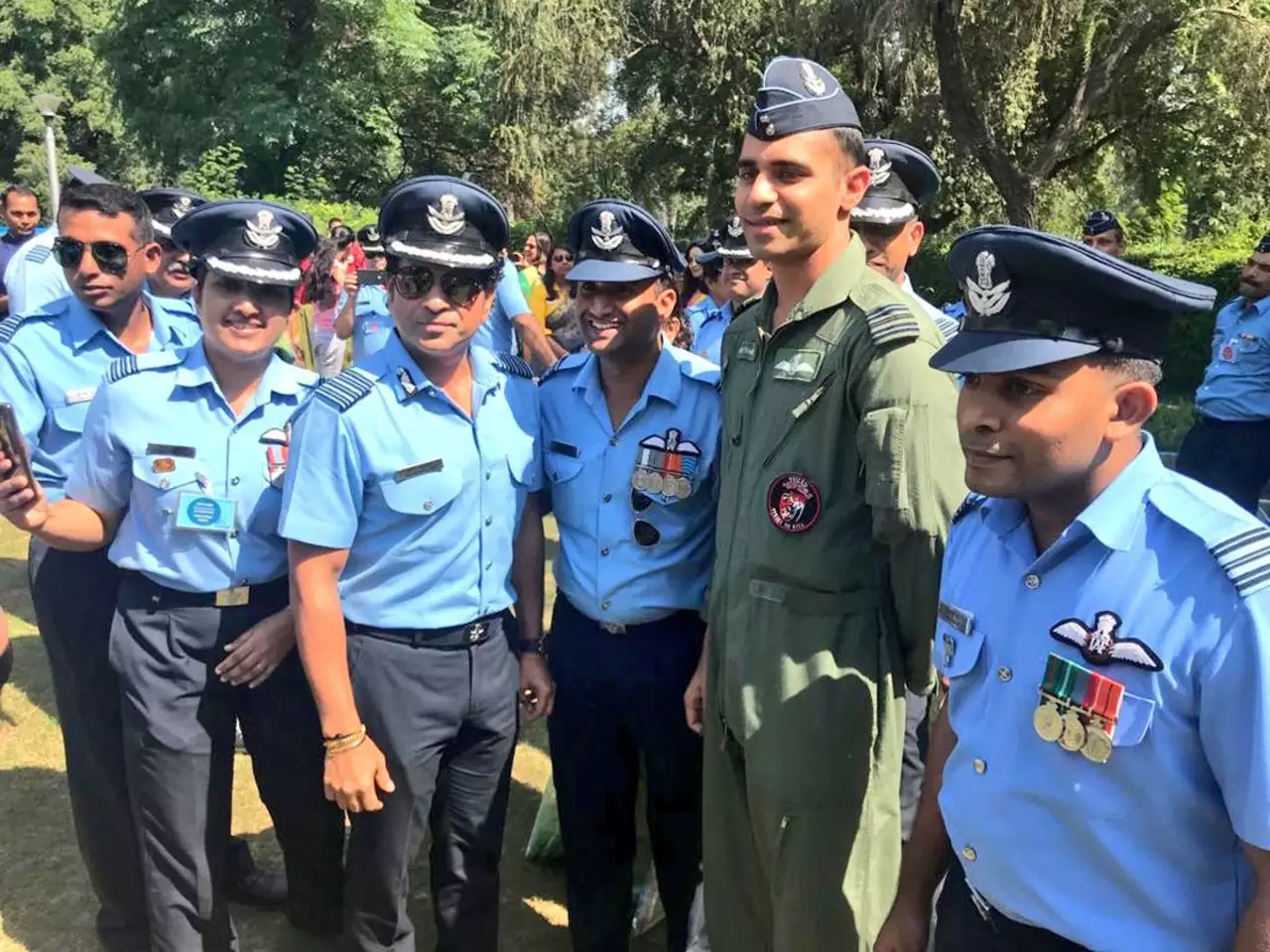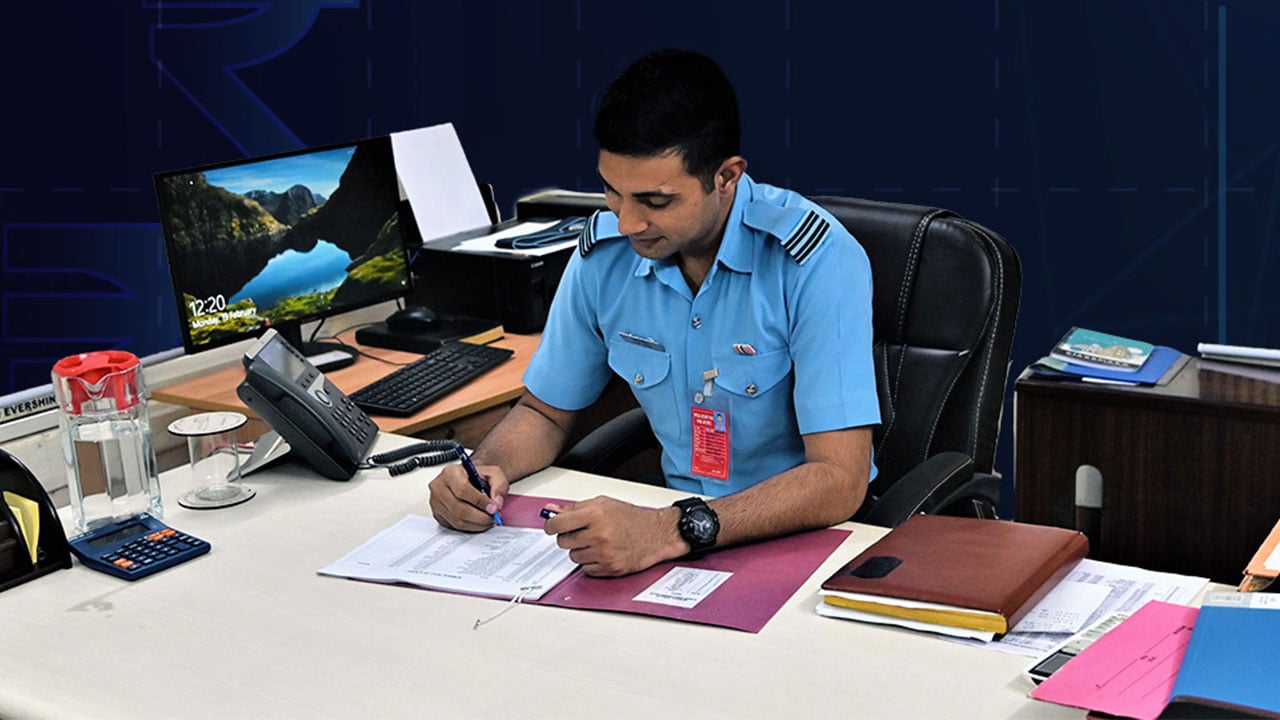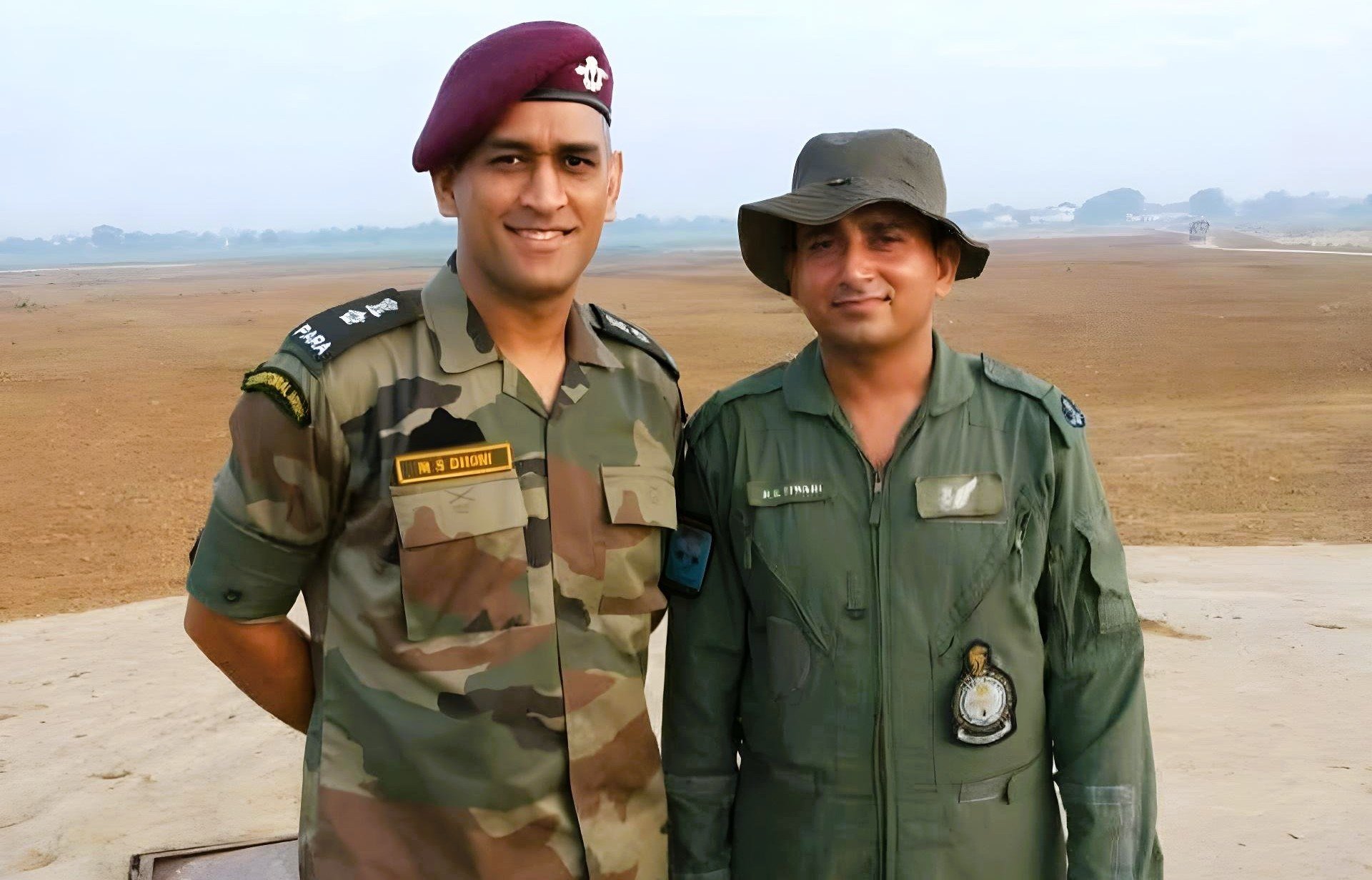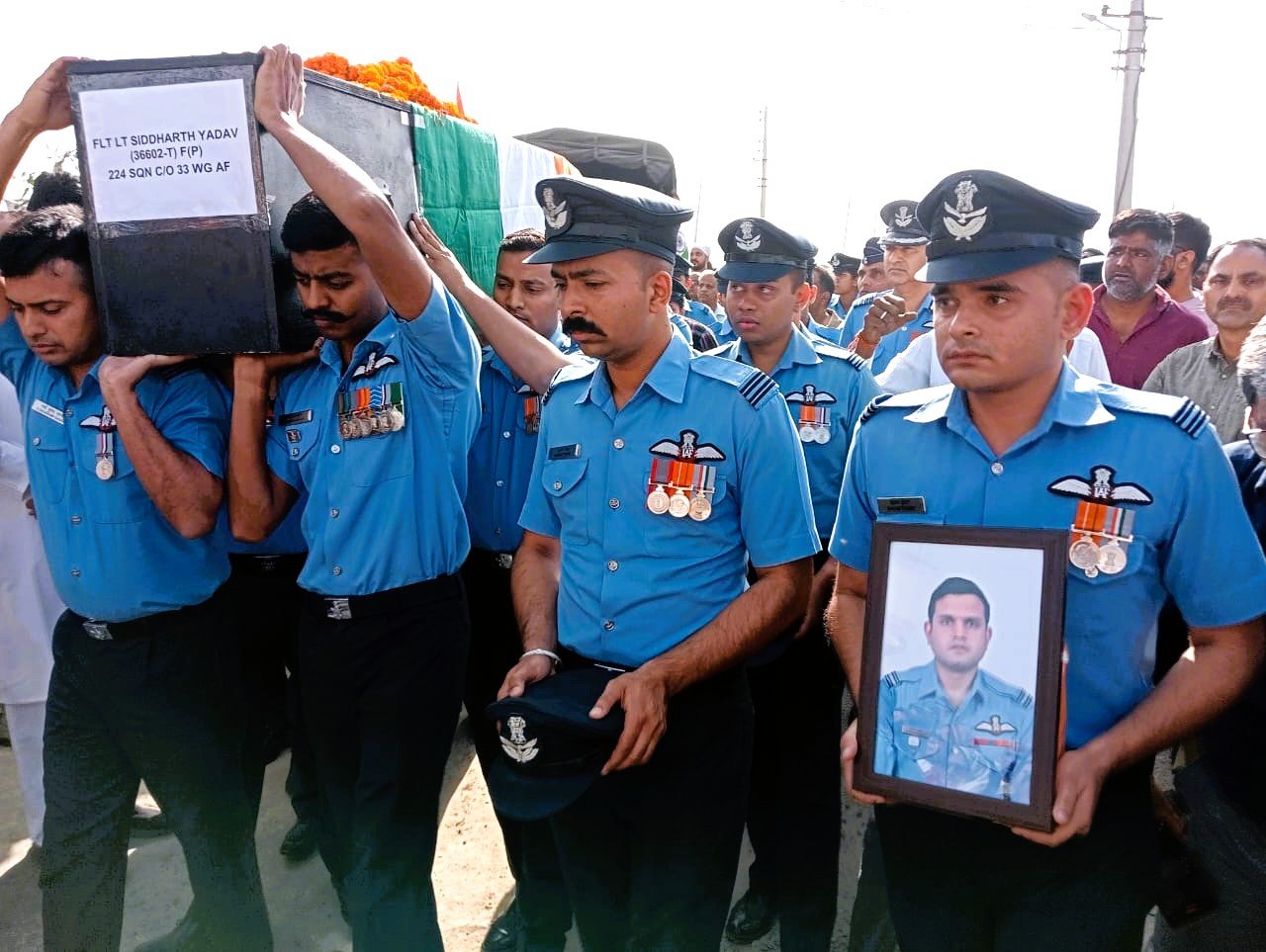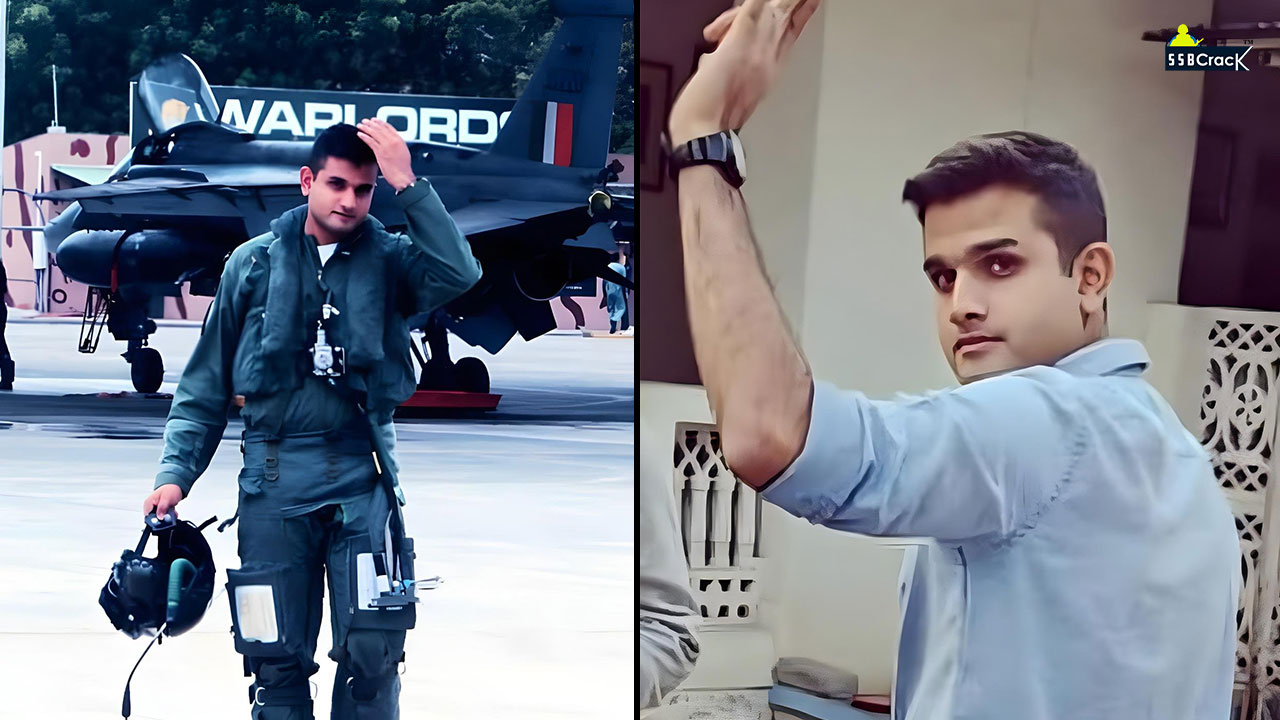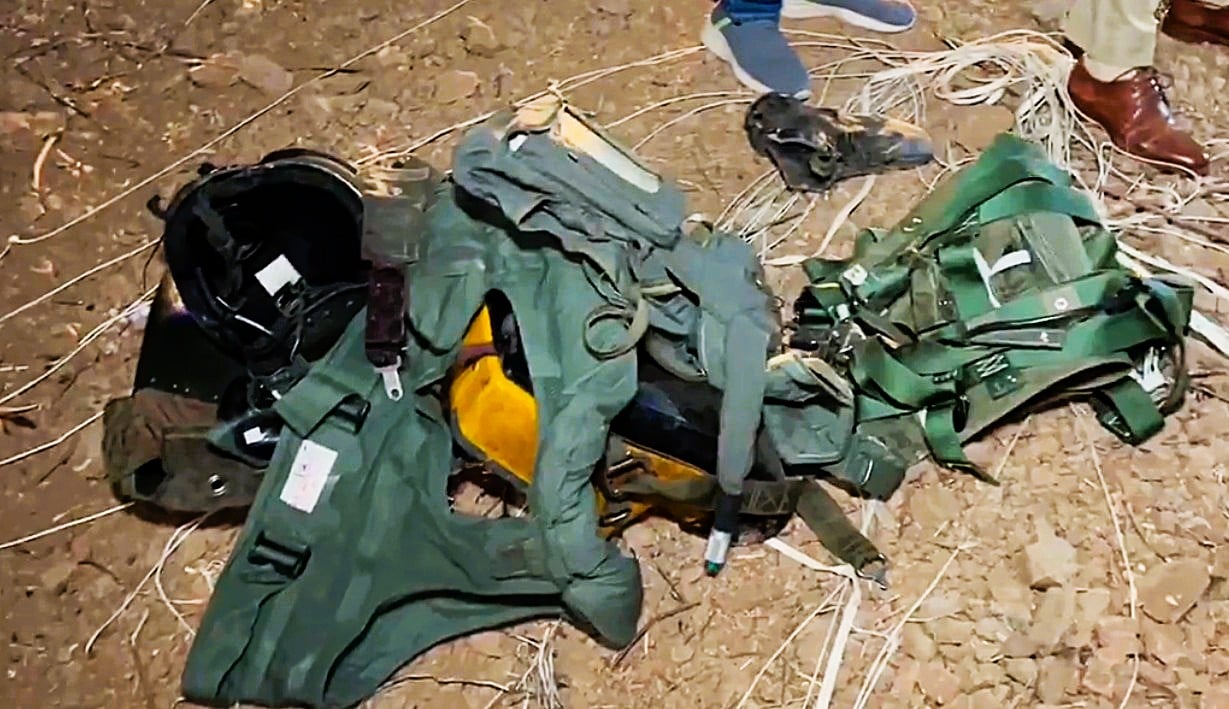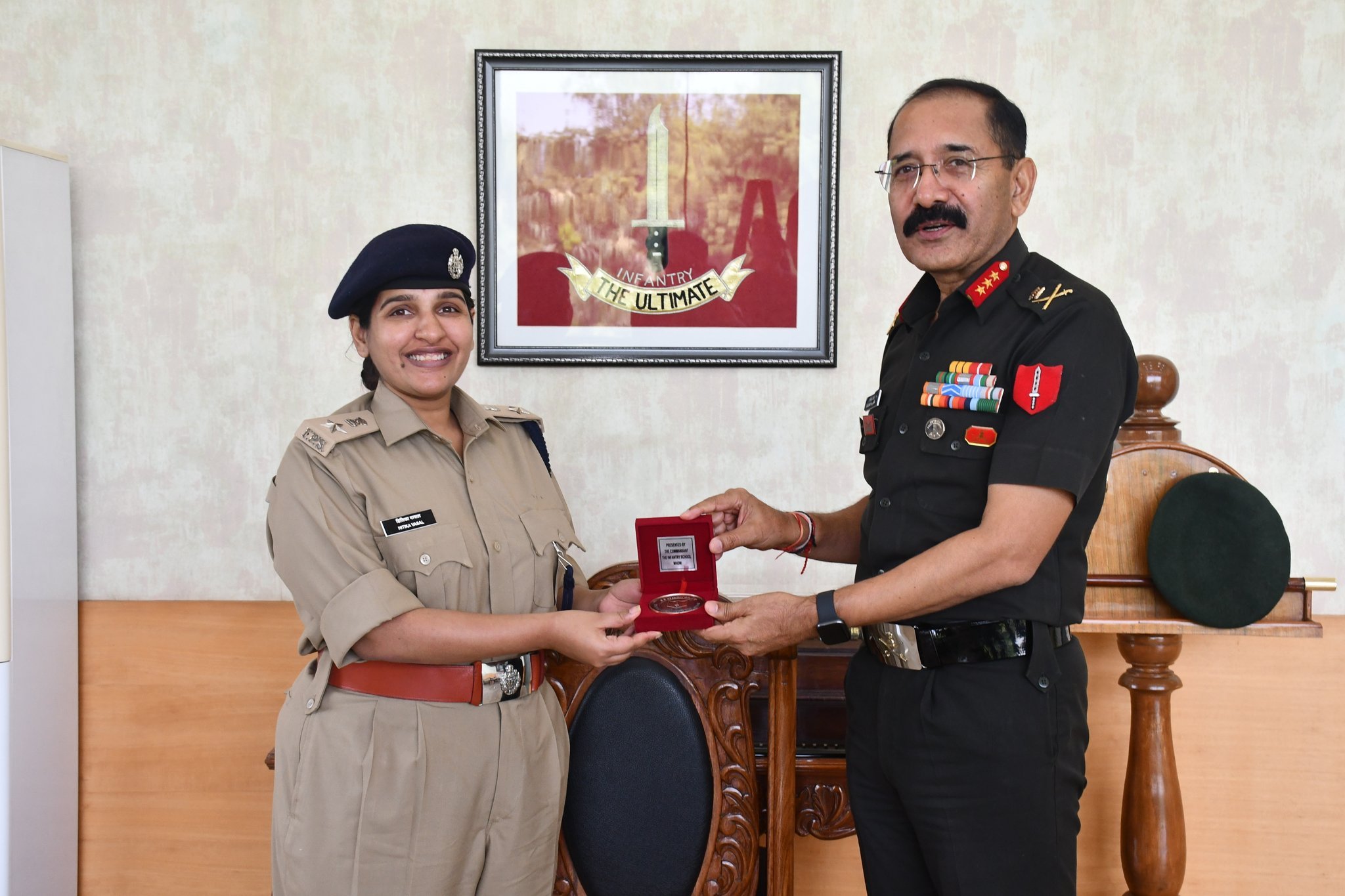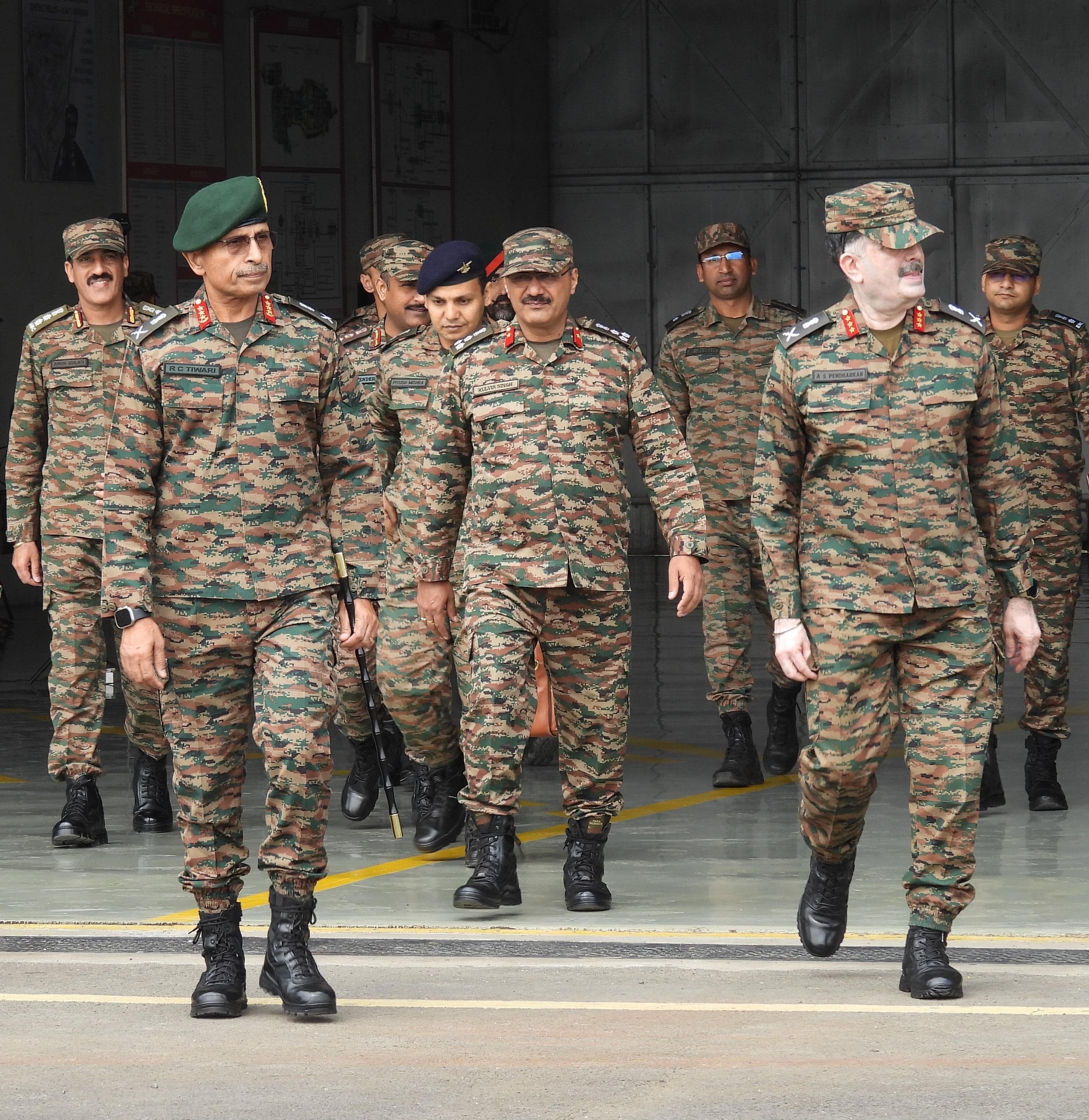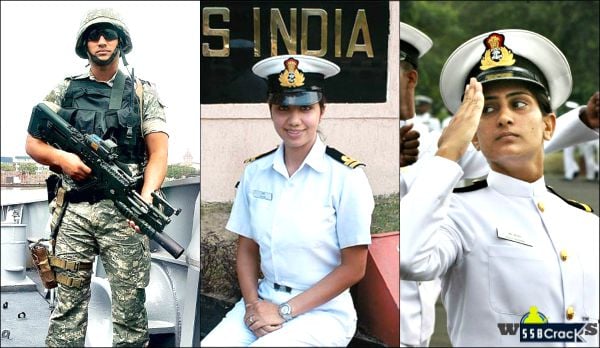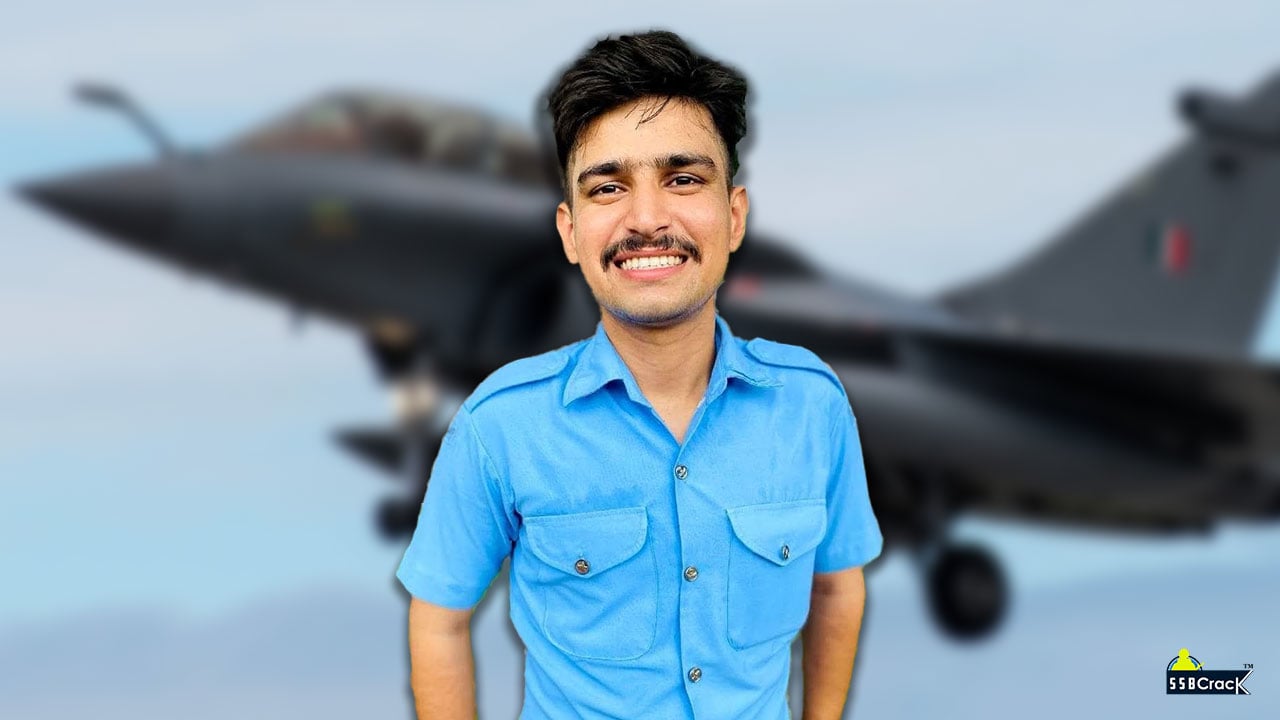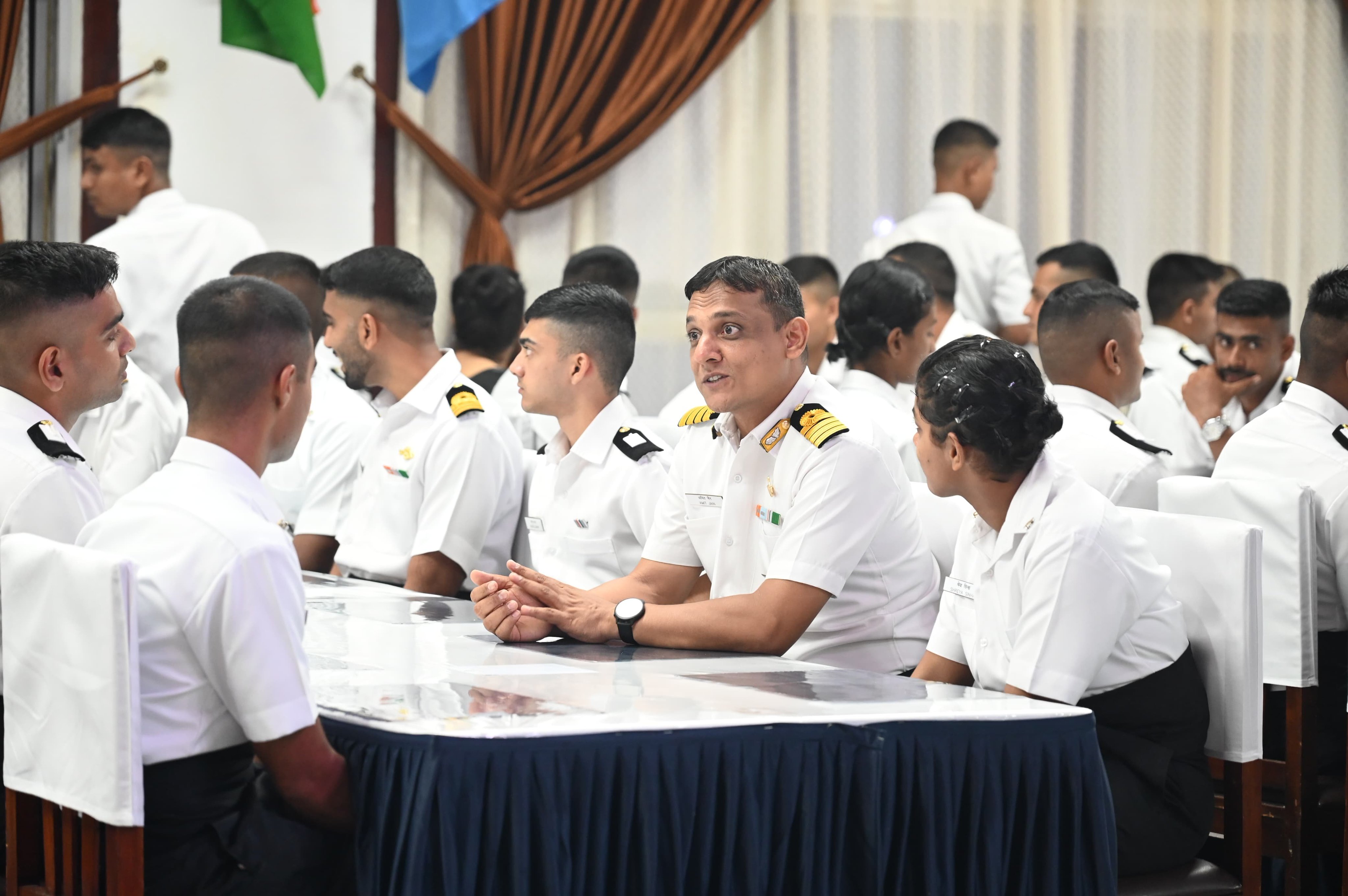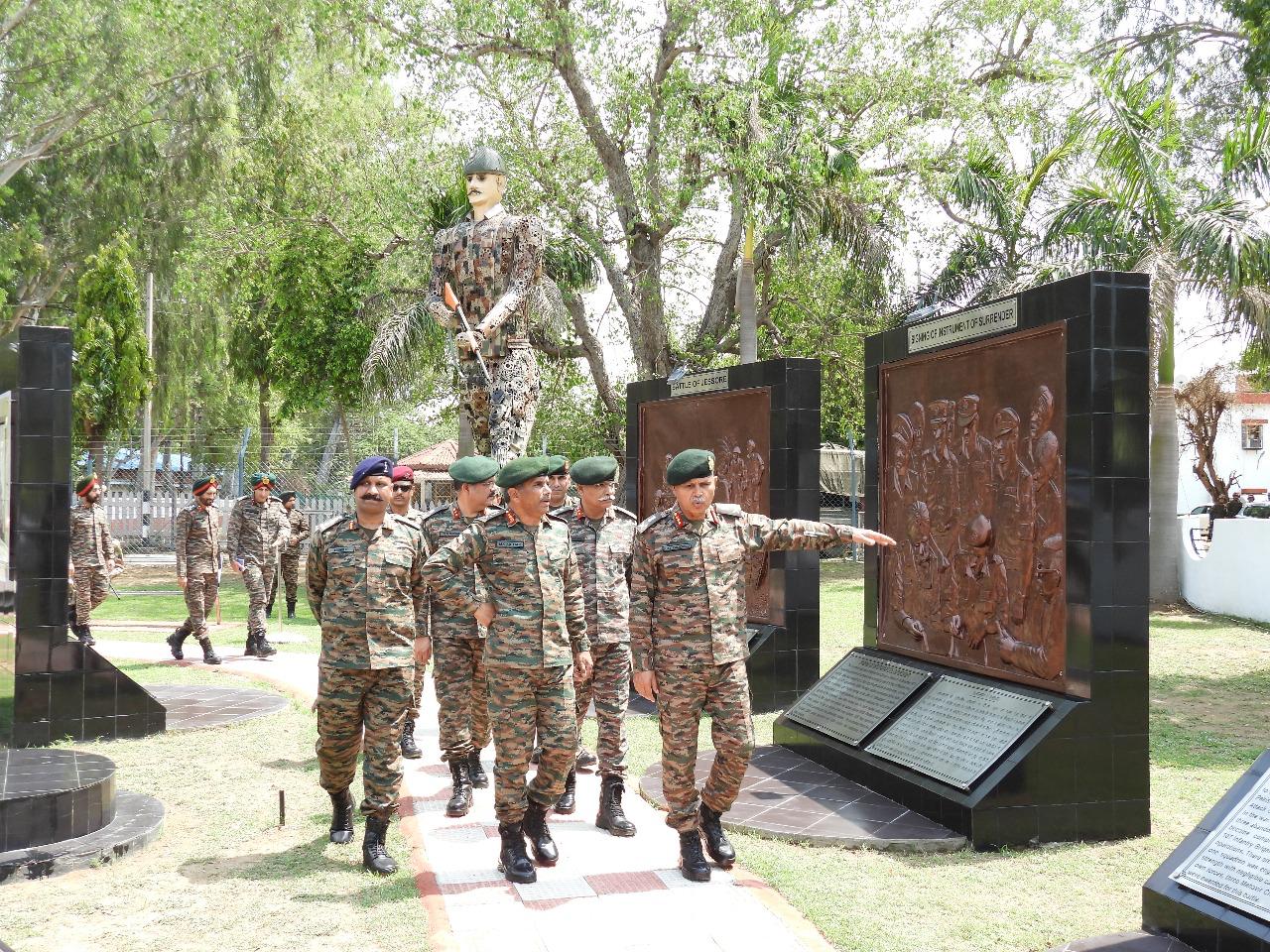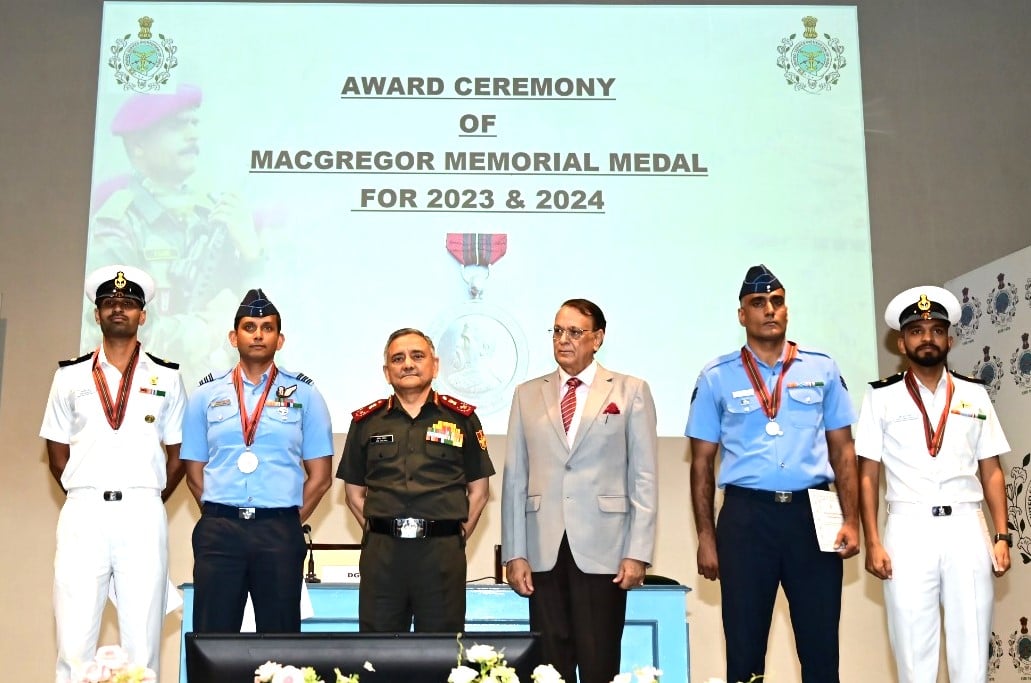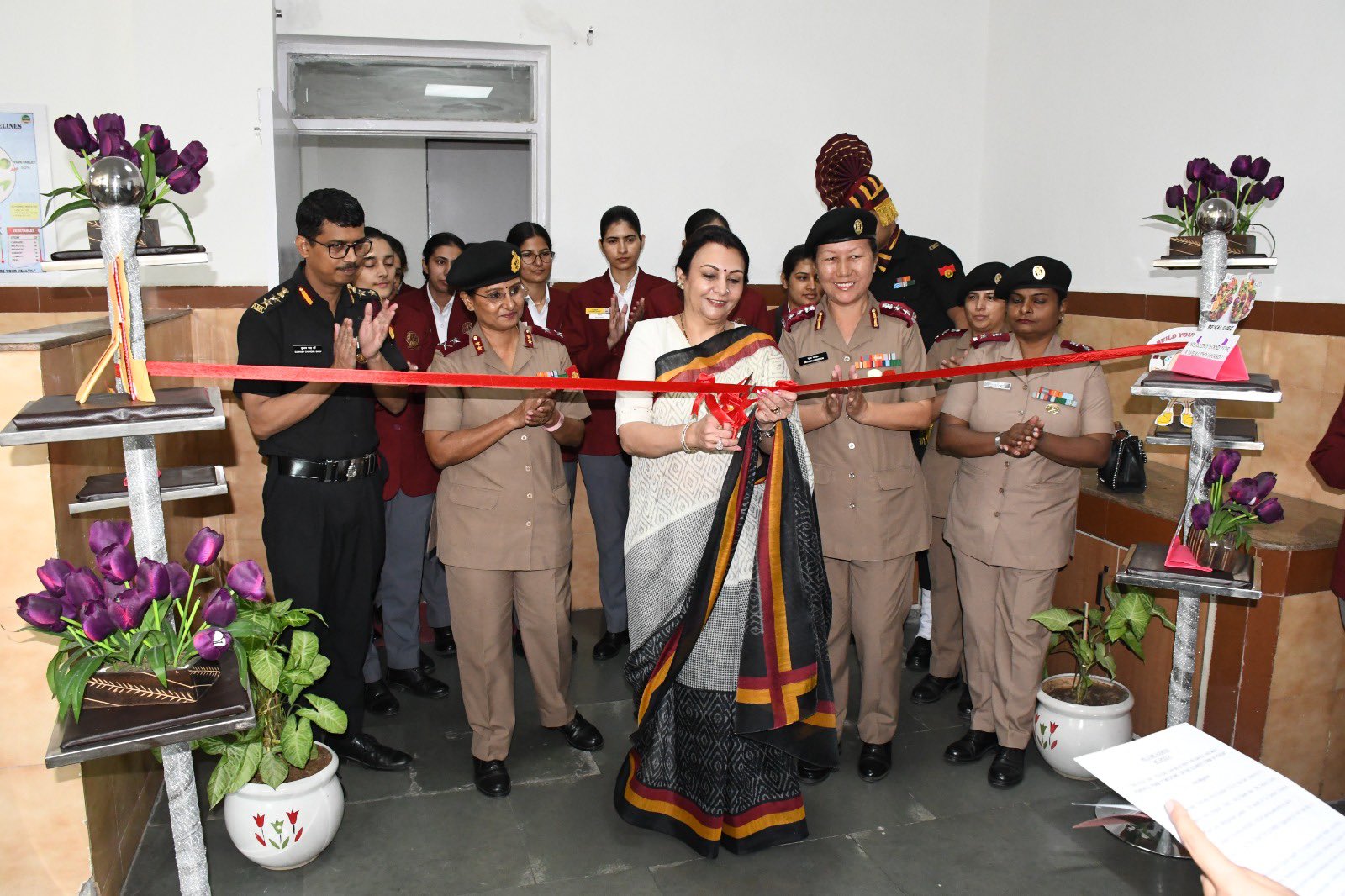Hello, Warriors! Indian Air Force is the world’s fourth largest Air Force. Its primary responsibility is to secure Indian airspace and to conduct aerial warfare during a conflict. It was officially established on 8 October 1932 and it’s been 83 years since then that IAF has went over major breakthroughs throughout its history. It includes commissioning and decommissioning of fighter jets.
Being 83 years in active service, here are the current fighter jets of the Indian Air Force:
- HAL Tejas: This indigenously built fighter jet is expected to get final operational clearance (FOC) this year to fly it to its limits. In October 2015, the Indian air force had ordered 120 (six squadrons) of Tejas Mark 1A, triple the 40 aircraft it had previously committed to buying. IAF agreed to accept 40 aircraft even though the CAG had found serious operational shortfalls, including engine thrust, weight and pilot protection in front against 7.62 mm rifle calibre ammunition. The IAF agreed to accept the flawed Tejas to keep the programme alive; the DRDO and HAL promised an improved Tejas Mark 1A version, changes to the ballast and landing gear will reduce its weight by 1,000 kg and the delivery will begin by 2016. Tejas Mark 1A shall also have electronic warfare equipment, better air to air capability, aerial refueling and improved ease of maintenance.
- SEPECAT Jaguar: TheSEPECAT Jaguar is an Anglo-French jet attack aircraft, originally used by the British Royal Air Force and the French Armée de l’Air in the close air support and nuclear strike role, and it is still in service with the Indian Air Force. The airframes were manufactured by SEPECAT (Société Européenne de Production de l’avion Ecole de Combat et d’Appui Tactique), a joint venture between Breguet and the British Aircraft Corporation, one of the first major joint-Anglo-French military aircraft programs.
- Mig-27: TheMikoyan MiG-27 is a variable-geometry ground-attack aircraft, originally built by the Mikoyan design bureau in the Soviet Union and later license-produced in India by Hindustan Aeronautics as the Bahadur (“Valiant”). It is based on the Mikoyan-Gurevich MiG-23 fighter aircraft, but optimized for air-to-ground attack. Unlike the MiG-23, the MiG-27 did not see widespread use outside Russia, as most countries opted for the MiG-23BN and Sukhoi Su-22 It currently only remains in service with the Indian, Kazakh and Sri Lankan Air Forces in the ground attack role. All Russian and Ukrainian MiG-27s have been retired.
- Mirage 2000: TheDassault Mirage 2000 is a French multirole, single-engine fourth-generation jet fighter manufactured by Dassault Aviation. It was designed in the late 1970s as a lightweight fighter based on the Mirage III for the French Air Force (Armée de l’Air). The Indian Air Force (IAF) purchased 49 Mirage 2000s, comprising 42 single-seaters and 7 two-seaters, in the 1980s. In 2004, the Indian government approved purchase of ten Mirage 2000Hs, featuring improved avionics, particularly an upgraded RDM 7 radar. The IAF named the Mirage the “Vajra”. India also purchased appropriate stores along with the fighters, including ATLIS II pods and laser-guided weapons.
- Mig-29: TheMikoyan MiG-29 is a twin-engine jet fighter aircraft designed in the Soviet Union, developed by the Mikoyan design bureau. MiG-29 entered service with the Soviet Air Force in 1982. India was the first international customer of the MiG-29. The Indian Air Force (IAF) placed an order for more than 50 MiG-29s in 1980 while the aircraft was still in its initial development phase. Since its induction into the IAF in 1985, the aircraft has undergone a series of modifications with the addition of new avionics, sub-systems, turbofan engines and radars.
- Mig-21 Bison: TheMikoyan-Gurevich MiG- is a supersonic jet fighter aircraft, designed by the Mikoyan-Gurevich Design Bureau in the Soviet Union. It was popularly nicknamed “Balalaika”. In 1961, the Indian Air Force (IAF) opted to purchase the MiG-21 over several other Western competitors. As part of the deal, the Soviet Union offered India full transfer of technology and rights for local assembly. In 1964, the MiG-21 became the first supersonic fighter jet to enter service with the IAF. Due to limited induction numbers and lack of pilot training, the IAF MiG-21 played a limited role in the Indo-Pakistani War of 1965. However, the IAF gained valuable experience while operating the MiG-21 for defensive sorties during the war. The positive feedback from IAF pilots during the 1965 war prompted India to place more orders for the fighter jet and also invest heavily in building the MiG-21’s maintenance infrastructure and pilot training programs.
Now, the last but not the least, wait for it…
*drumrolls*
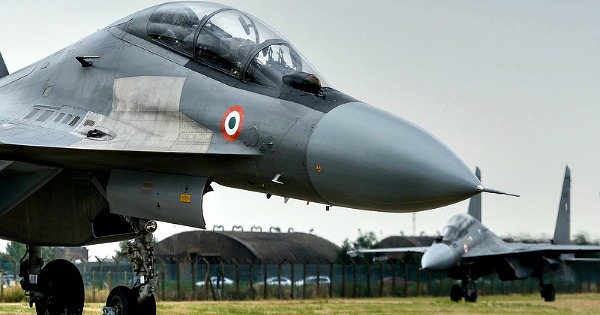
- Su-30 MKI: TheSukhoi Su-30MKI is a twinjet Multirole Air superiority fighter developed by Russia’s Sukhoi and built under licence by India’s Hindustan Aeronautics Limited (HAL) for the Indian Air Force (IAF). A variant of the Sukhoi Su-30, it is a heavy, all-weather, long-range fighter. The Sukhoi Su-30MKI is the most potent fighter jet in service with the Indian Air Force in the late 2000s. The MKIs are often fielded by the IAF in bilateral and multilateral air exercises. India exercised its Su-30MKIs against the Royal Air Force’s Tornado ADVs in October 2006. This was the first large-scale bilateral aerial exercise with any foreign air force during which the IAF used its Su-30MKIs extensively. This exercise was also the first in 43 years with the RAF. During the exercise, the RAF Air Chief Marshal Glenn Torpy was given permission by the IAF to fly the MKI. RAF’s Air-Vice Marshall, Christopher Harper, praised the MKI’s dogfight ability, calling it “absolutely masterful in dogfights”.




